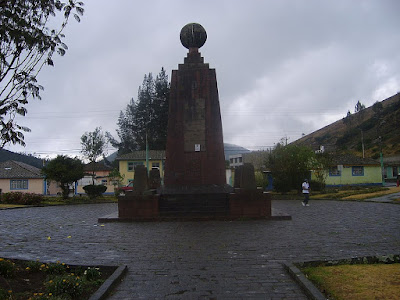30 Interesting Facts About Guatemala

With a population of more than 16.5 million, Guatemala is the most populated country in Central America. Guatemala has one of the lowest Human Development Index (HDI) in the whole Latin American region. The country is just above Haiti and Honduras in this aspect. ( Source ) Guatemala has one of the highest rates of femicide (murder of a female due to gender) in the world, only behind El Salvador , Honduras, and South Africa . In 2008, it also became the first country to recognize femicide officially. ( Source ) It is generally recognized that human life started in Guatemala around 12,000 years ago. But there are few evidences that Guatemala is the first human settlement in Central America, with its initial human existence in 18,000 B.C. ( Source ) Guatemala’s politics after its independence came under the influence of American fruit companies (especially the United Fruit Company). Therefore like a few other Central American c...
